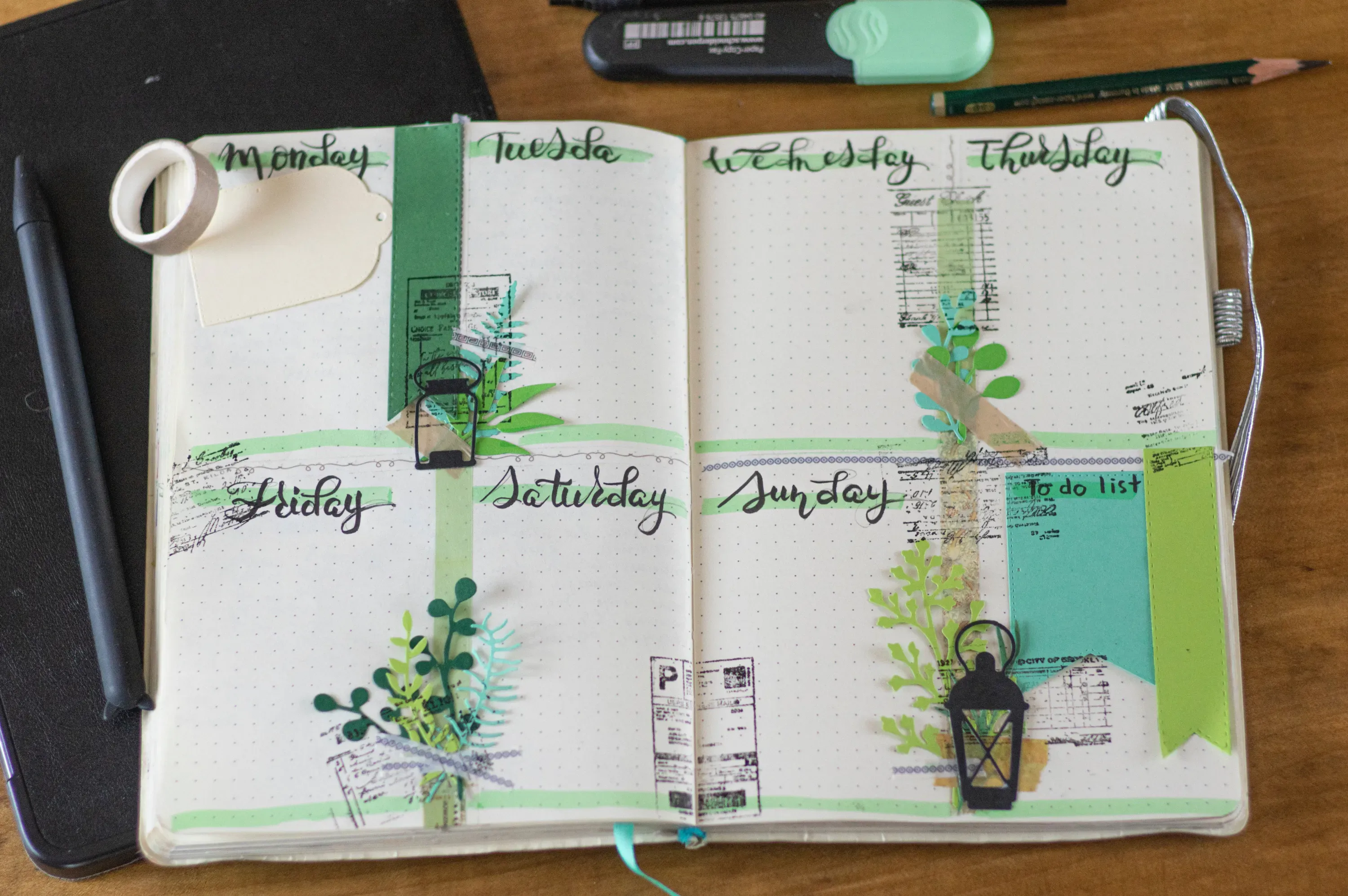Using Your Brain to Plan Effectively: An Expert Shares Neuroscience and Mental Health Awareness on the Free At 50 Blog
Meet Carissa: She is Sharing the Secrets of That Darn Amygdala and Productivity on the Free At 50 Blog.
Carissa Weber is a licensed professional counselor in the State of Wisconsin and the creator the mental health blog: That Darn Amygdala. It was created and designed to help readers understand why their brain does what it does when they are struggling with anxiety and depression. She uses neuroscience to promote mental health awareness and, simply, to help others. It’s why I invited her here to discuss self-help and accomplishing tasks, and productivity using her expertise.
When Carissa is not writing or helping clients conquer their mental health challenges, she can be found with her family and her horses, enjoying the outdoors!
As Carissa states: “everyone is always looking for how to work more effectively. When it comes to laying out a plan for anything you really should consider creating a plan that has your brain in mind.”
Her post below is her insight on how you can make a plan for that to-do list that incorporates the power of your brain.
Note: As a blogger, I use affiliate links sometimes! I may receive commission from purchases on links I share, but it does not change your price.

Photo by Robina Weermeijer on Unsplash
The Power of Your Brain
There are so many cool things happening with your brain when we are trying to get the problem solved, prioritize, and create a plan that maximizes our efficiency.
This skill set is better known as executive functioning skills.
We must consider what parts of our brains play the biggest roles in our executive functioning skills.
- The prefrontal cortex: this is the part of the brain you really want to pay attention to. Located directly behind our forehead, your prefrontal cortex is the king of problem solving and prioritizing. It uses information given your brain from your senses to help determine what requires your attention.
- The insula: your insula is pretty cool. This part of your brain may be smaller than a walnut, but it serves a powerful purpose. It's role is to collect all the information outside of our body (like from our senses) and disperse it to other parts of our brain that could really use it. Located directly in the prefrontal cortex, these two parts of your brain work hard to help you focus on what is important.
- That Darn Amygdala: the amygdala is the most loved (and hated) part of our brain. Located in the middle of the brain, that darn amygdala is responsible for all of our impulsive decisions. These impulsive decisions include what emotions to experience, what things in our environment might put us in an unsafe position, and our motivation. When you're talking about making plans and prioritizing tasks, your Darn Amygdala tries really hard to ensure you are in a safe place to exist (even if it is being a drama queen).
- The hippocampus: the hippocampus is located at the back of our skull but has a really important job. This is the place in your brain where information, facts, and experiences are turned into long-term memory and stored with emotions that could pull those memories back. When we talk about executive functioning, the hippocampus plays a huge role because it is what will recall what you need to do.

Image by Kevin Amrulloh from Pixabay
Your Brain and Planning
There are so many different ways your brain tries to plan things out. If you are trying to work efficiently, there are a few things you can do to use your brain and give yourself an edge on being your most productive.
Identify What You Want to Accomplish
This is an important step in using your brain to effectively plan. When we identify a very specific goal to accomplish, our brain works from the prefrontal cortex. This means you're putting your brain into a place of being proactive and ready to problem solve.
It is important when you identify what you accomplished that you make sure you are:
- as clear as possible about what you are trying to complete
- setting a timeline for completing a task
When these two things are done, something magical happens to your brain. Your prefrontal cortex talks to your hippocampus, exploring how you completed a similar task in the past.
These memories help you (and your prefrontal cortex) focus on the task at hand. When you complete that task you outlined, your brain rewards you by giving you a chemical called dopamine. The dopamine helps you not just feel good but feel accomplished and motivated to move on to the next project.
RELATED: Watch the Free At 50 discussion about goalsetting by clicking here!

Photo by Priscilla Du Preez on Unsplash
Decrease Clutter in Your Workspace
There is nothing more distracting than a cluttered workspace. Clutter is public enemy #1 for your insula.
While you are trying hard to get your prefrontal cortex to focus on the project you are currently working on, your insula is searching through your workspace, trying to determine what needs more attention. The clutter introduces a competition to the project that you are trying to complete.
By decreasing the clutter surrounding your workspace, you are improving the chances of staying focused.
RELATED: Books and products to decrease clutter are out there- click here! And take it a step further by setting yourself up with some self-care.
Image by Sachu Sanjayan from Pixabay
Break Your Projects Down into Doable Steps
Have you ever made a goal that you just couldn't meet?
We have all been there. One of the reasons those lofty projects never happen is that we didn't outline steps to help us identify how close we are to completing the project.
One way to get your brain on board (and motivated) to complete a task or a project is by creating clear steps that lead you to the end result: an accomplished task!
When you create these steps, make sure:
- you have the means and ability to complete these steps
- these steps align with helping you complete the task
- the steps have a clear ending
Several things happen with your brain when you do this. One being: you quiet down that impulsive part of your brain, that darn amygdala. This allows your prefrontal cortex to return to focusing on the plan you created.
Incorporating tricks that help harness your brain's power to accomplish plans is a great way to stay motivated, focused, and feel good about what you are doing.
Thank you so much for reading!
Reach Carissa Weber, MA, LPC, CSAC:

To work with Carissa or book a mental health consultation, click here.
Social Media:
IG: https://www.instagram.com/thatdarnamygdala
FB: https://www.facebook.com/groups/279164880387741
Pinterest: https://www.pinterest.com/thatdarnamygdala
Twitter: https://www.twitter.com/AmygdalaDarn
TikTok: https://vm.tiktok.com/ZTduE1oSj
Website: https://www.thatdarnamygdala.com



























